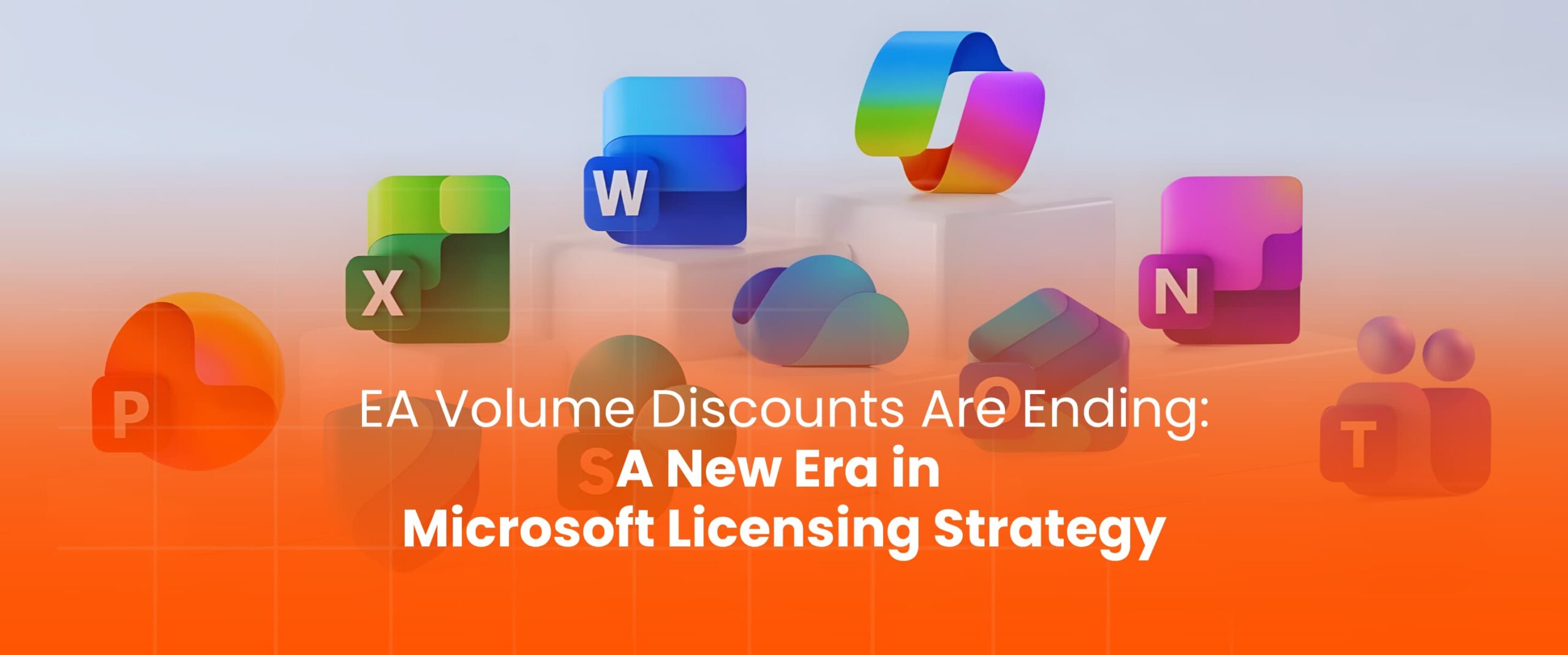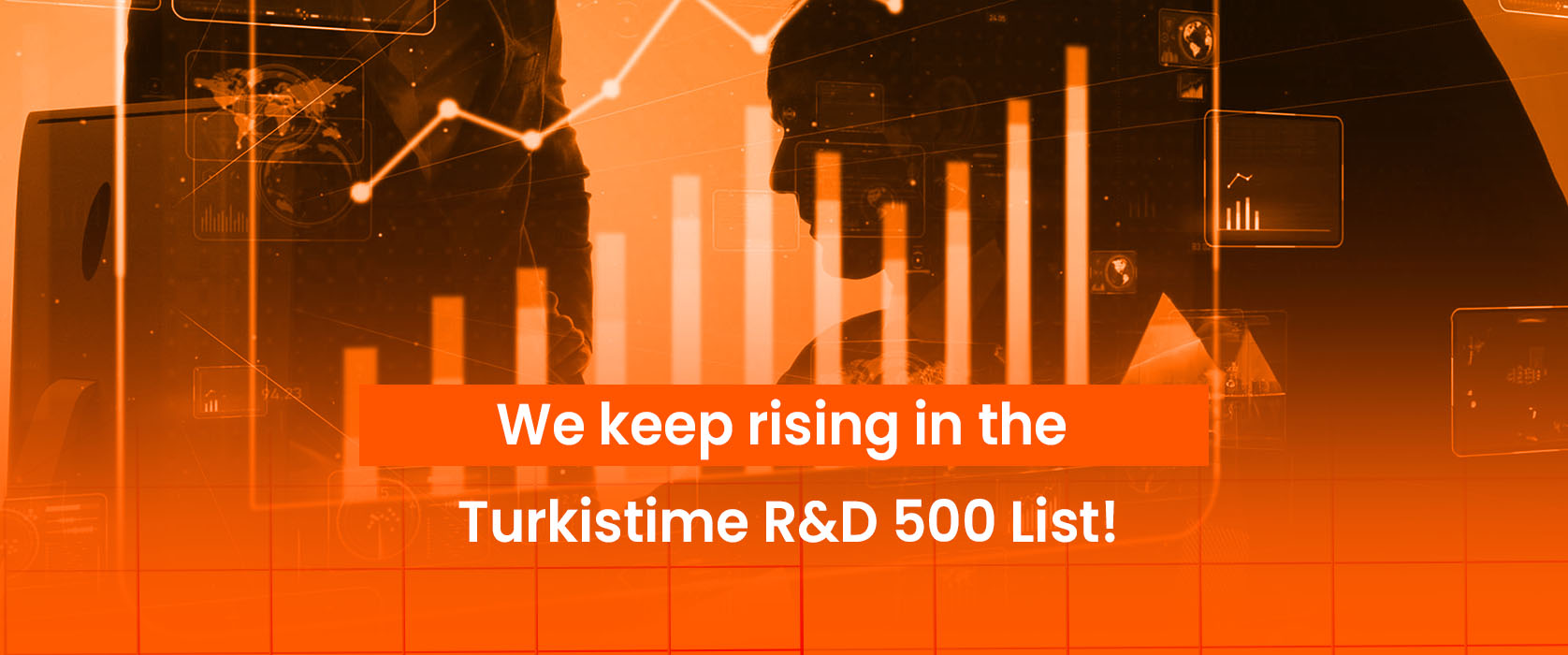Starting November 1, 2025, Microsoft is making a significant change to its Enterprise Agreement (EA) licensing model. With this update, the automatic volume discount tiers (Levels B–D) applied to Online Services such as Microsoft 365, Dynamics 365, Azure, Windows 365, and others will be removed. From now on, all commercial customers will be licensed under a single price level — Level A, meaning the full list price applies.
This marks one of the most substantial commercial changes in Microsoft licensing in recent years. But what does it really mean for organizations? How will they be affected — and can this change be turned into a strategic advantage?
Why Did Microsoft Remove Volume Discounts?
Microsoft is shifting from its long-standing volume-based discount model to a value-based model. This change reinforces Microsoft’s cloud-first strategy and aims to simplify commercial licensing processes.
In short: It’s no longer about “how many users you have,” but “how much value you generate and how you use the cloud.”
This move reflects Microsoft’s intent to create a more dynamic and scalable model — both for partners and enterprise customers.
What’s Changing?
1. All organizations now move to Level A pricing
Previously:
- 250–2,399 users: Level A
- 2,400–5,999 users: Level B
- 6,000–14,999 users: Level C
- 15,000+ users: Level D
Now:
All commercial customers will be charged at Level A (list price). This means an average cost increase of 6–12%.
2. Only Online Services are affected
This change applies to cloud-based services such as:
- Microsoft 365
- Dynamics 365
- Azure
- Windows 365
- Power Platform
On-premises products (e.g., Windows Server, SQL Server) remain unaffected for now and keep their existing discount structure.
3. Education and Government customers are excluded
Microsoft confirmed that this update applies only to commercial EA agreements. Therefore, government and education institutions will continue under their current EA terms.
What Should Organizations Do?
1. Review your EA agreement
Check your EA expiry date, current price level, and Online Services coverage. Any new service added after November 1 will be licensed at Level A pricing.
2. Model the potential cost impact
Moving from Level B or C to Level A typically results in a 6–12% increase. Analyze how this change affects your annual total cost. Our expert team is available to help you forecast costs and identify optimization opportunities in your current setup.
3. Optimize your licensing
- Remove unused or inactive users
- Change your plan for inactive licenses
- Balance Power Platform and Azure resource usage
- Contact us for license deployments and to activate inactive features
4. Consider the CSP Model
With the new pricing approach, Microsoft’s Cloud Solution Provider (CSP) model is emerging as the preferred path for many organizations. CSP is no longer just an alternative — it’s becoming the strategic choice for modern licensing.
CSP Model: The New Definition of Flexibility and Control
| Feature | EA Model | CSP Model |
|---|---|---|
| Contract Term | Fixed 3 years | 1 month / 1 year / 3 years (flexible) |
| Payment Model | Annual or upfront | Monthly, annual, pay-as-you-go |
| Flexibility | Fixed number of users | Add/remove users easily |
| Pricing | Volume-based | Usage-based |
| Management | Direct with Microsoft | Through authorized partner |
| Support | Microsoft | Partner-supported, localized solutions |
EA or CSP? Key Considerations
If your EA renewal date is approaching, evaluate early transition opportunities. Under Microsoft’s New Commerce Experience (NCE), moving to CSP offers both operational flexibility and cost control.
At PEAKUP, we help organizations with:
- License optimization
- Proactive license management
- Smooth transition to CSP
— delivering a more strategic and cost-efficient licensing framework.
PEAKUP’s Perspective: A Strategic Opportunity, Not a Constraint
While Microsoft’s EA pricing update may seem like a cost increase at first glance, it’s actually a strategic opportunity for organizations ready to optimize their cloud investments. At PEAKUP, we see this shift as: “A period to optimize cloud investments, simplify licensing processes, and build smarter decision mechanisms.”
We support our enterprise customers through:
- Comprehensive EA agreement assessments
- CSP transition planning
- Guidance on license optimization and governance
Conclusion: As the EA Era Ends, CSP Becomes the Key to Agility
The removal of EA volume discounts signifies Microsoft’s transition from “volume to value” in its commercial strategy. Cloud success is no longer measured by scale of usage, but by strategic management capability.
Now is the time to ask the right question: “Are we still planning to renew our EA — or are we ready to move toward a future-proof CSP model?”
At PEAKUP, we’re here to help organizations turn this shift from a risk into a strategic advantage. For more information or a CSP transition assessment, feel free to contact us.




